Endangered Species #4 The Red Panda
With their cute fluffy teddy bear like faces and fluffy fur, this amazing little species is at risk of extinction and without our help now we risk losing them all together.
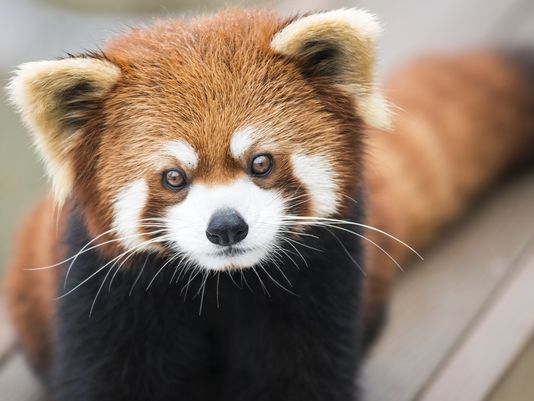
Description
From head to their rump they are between 20-26 inches long with their tail adding a further 10-20 inches, the Red Panda weighs up to 20lbs and are of similar size to your standard house cat. They have large round heads with large pointed ears and a short snout, their coats are reddish-brown with their faces mostly white in colour with red tear tacks that extend from the eyes down to the corner of their mouths. It is understood that these markings potentially keep the sun out of their eyes. The tail is long and bushy with alternate red and white ring markings that helps maintain their balance when climbing trees with added long sharp claws that allows them to reach the highest branches within the tree to escape from predators and also to relax in the sun.
The fur is soft and dense with a woolly undercoat that is covered in long coarse guard hairs that also completely covers their feet to protect them from fluctuating temperatures. The pandas have scent glands on the bottom of their feet that are used to scent-mark their territory along with anal glands and their urine. At each step, the gland secretes a colourless liquid that is also odourless to humans, to test this the Panda will test the odour using the underside of their tongue that has a cone-like structure to collect the liquid and bring it to a gland within its mouth. This is the only carnivore that has this adaptation.
The difference with this little carnivore in comparison with others sharing the same size, they have a robust dentition with a simple single cambered stomach despite their predominate leaf-based diet. The Red Panda shares a common trait with the Giant Panda which is the modified wrist bone that acts like a thumb that helps them to grasp their food.
The Red Panda was previously placed in the families Pyocyonidae (Raccoons) and the Ursidae (Bears) however after recent research it has now been placed within its own family Ailuridae which is part of the family Musteloidea along with Mustelidae (Otters, Badgers etc) and Procyonidae. There are two subspecies of Red Panda that are recognised as:
Ailurus fulgens fulgens: These Pandas are found in Nepal, North Eastern India, Bhutan and small part of China
Ailurus fulgens styani: (Also known as a.f. refulgens) These Pandas are only found in China and Northern Myanmar
The life span of a Red Panda typically in the wild is that of about 8 years, whereas in captivity they can live up to 15 years
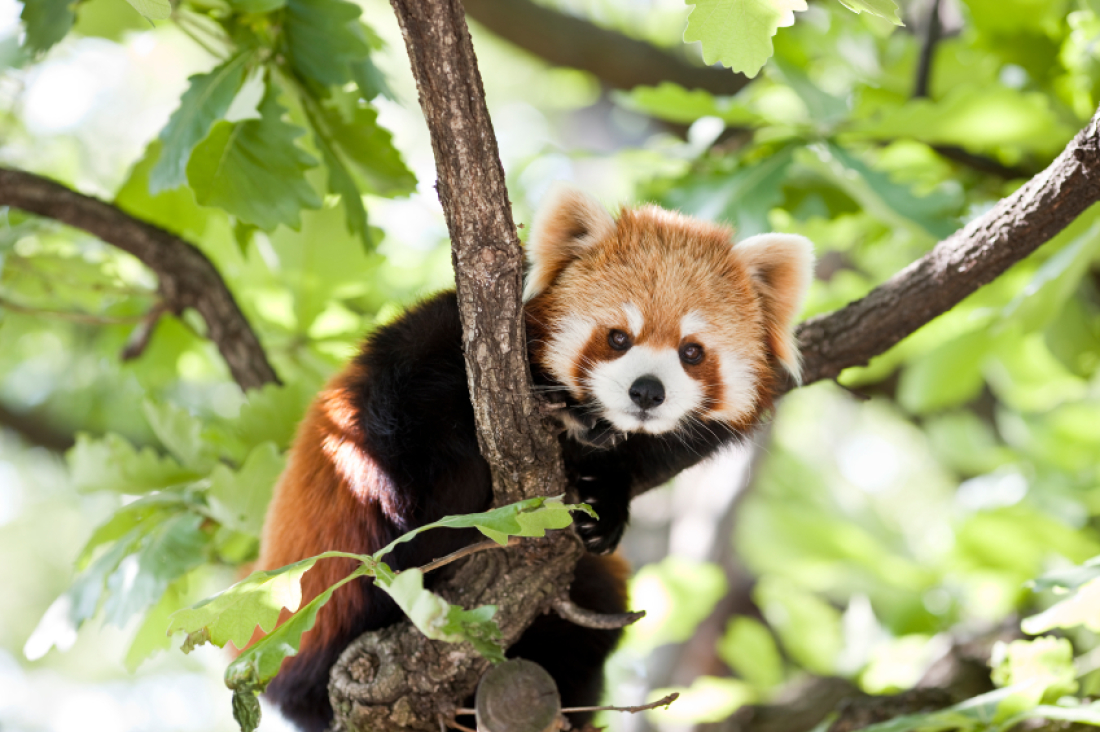
Diet & Habitat
The Red Panda lives within the mountains of Nepal, Central China and Northern Myanmar that consists of high-altitude temperate forests and tropical forests with bamboo under stories within the Himalayas and high mountains.
85 to 95 percent of the Pandas diet is that of Bamboo where they eat the shoots and leaf tips, stripping the stems with their mouths, they will also forage for roots, grasses and also a variety of fruits fallen to the forest floor. Sometimes they will eat eggs, insects, birds and small mammals but mostly they will stick to eating Bamboo.
Although it is a large portion of their diet, the Panda will only digests around 24% of the bamboo they have eaten which means they need to eat up to 30% of their body weight (around 2-4lb) of bamboo shoots and leaves per day. One study conducted by San Diego Zoo found that a single female Panda ate around 20,000 Bamboo leaves within a single day!Behaviour and Reproduction
Red Pandas are primarily crepuscular which means they are most active at dawn or dusk, but they can also be active any other time of day. They are mostly solitary with males continuously marking their territory with strong odours from the scent gland at the base of their tail. Red Pandas are also able to unleash the smell when they are scared or to fend off predators just like species such as skunks. If it doesn’t work the Panda will then stand on their back feet and strike out with their claws on the front feet.In the wild, Red Pandas are solitary except during the breeding season however in captivity they will live comfortably in breeding pairs all year round. Their home range in the wild of just one individual can be up to 1 square mile.
Red Pandas spend the majority of their time within trees either sleeping or eating without the need to climb to the forest floor. They love to lie within the branches to sunbathe as well as sleep, and with the fluctuating temperatures they will wrap themselves into a ball. If the temperature drops significantly they can become dormant where their metabolic rate decreases and will only increase every few hours that will wake them up to find food.
Within the Northern Hemisphere, Red Pandas will breed from January – March whereas in Southern Hemisphere they will breed from June – August. This begins through the rapid changes in the photo-period, day length, and after the winter solstice.
Reaching sexual maturity at around 18 months of age they will mate on the ground rather than within the trees. It is thought that their gestation includes a delayed implantation that can be as short as 93 days or as long as 156 days. With all animals, reproduction expends a huge amount of energy so it is believed that the long gestation could be a result of a slow metabolic rate.Births that occur within the spring coincide with the most tender and digestible bamboo shoots and leaves growth.
The female will nest within the holes of trees, hollow stumps and tree roots or even the bamboo thickets where they will line the nest with moss, leaves and other materials that are soft and found within the forests. Litters of Red Pandas typically consist of two cubs where they are born covered in fur to protect themselves from their cold climate.
The cubs will stay with their mother until they are around one year old and are fully grown.
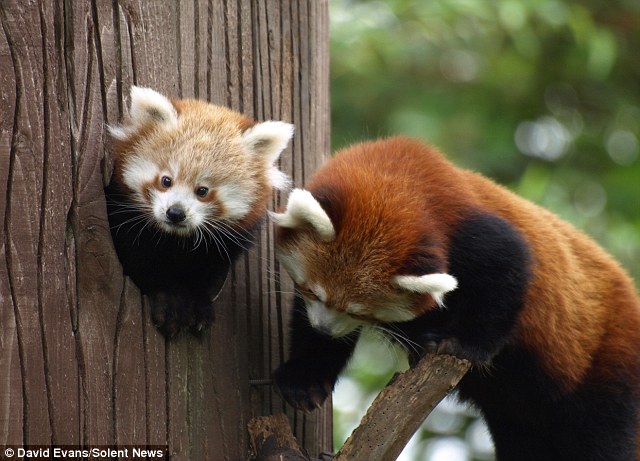
Threats
Classified Endangered on the IUCN Red List, it is now known that in the past 18 years we have lost 50% of the population of Red Pandas worldwide. Within the next three generations the decline has been projected to continue and intensify. In a study conducted by San Diego Zoo it has found that there are an estimate of 10,000 adults living wild whereas other studies put that estimate at 2,500 individuals.
The decline is rapid due to deforestation, but now increasingly due to hunting and illegal pet trade from the amount of now “cute” images appearing on social media according to the IUCN. There is now a worldwide effort to protect the Red Panda from extinction from not only Zoos but also within habitats. China has now set up 35 protected areas, India has set up around 20 zones, Eight within Nepal and 5 within Bhutan. The WWF works closely with Yak herders and other communities within the protected zones to attempt to reduce human impacts on their fragile habitat. Anyone that is found guilty of killing, buying or selling Red Pandas face a fine of up to $1000 and/or up to 10 years in jail. In my opinion that is not enough of a deterrent.
How You Can Help?
Like with most animals facing extinction, only money will help save this species. Zoos are working closely with one another to increase an insurance population of the Red Panda to in the future reintroduce them into the wild. The WWF is working within the field with communites to help protect this little species. By donating and adopting a Red Panda you will help raise vital funds to continue supporting these amazing projects Found here.
You can also help by sponsoring a Forest Guardian who over the last two years have increased to 72 member proecting the forests of Eastern Nepal. They now wish to expand the conservation program to Western areas of Nepal where the Red Pandas currently are unprotected and are now facing a localised extinction.If you can Sponsor here
If you enjoyed this edition of Endangered Species you may be interested in my previous posts:
Content Sources
National Geographic, WWF, LiveScience, Red Panda Network, National Zoo

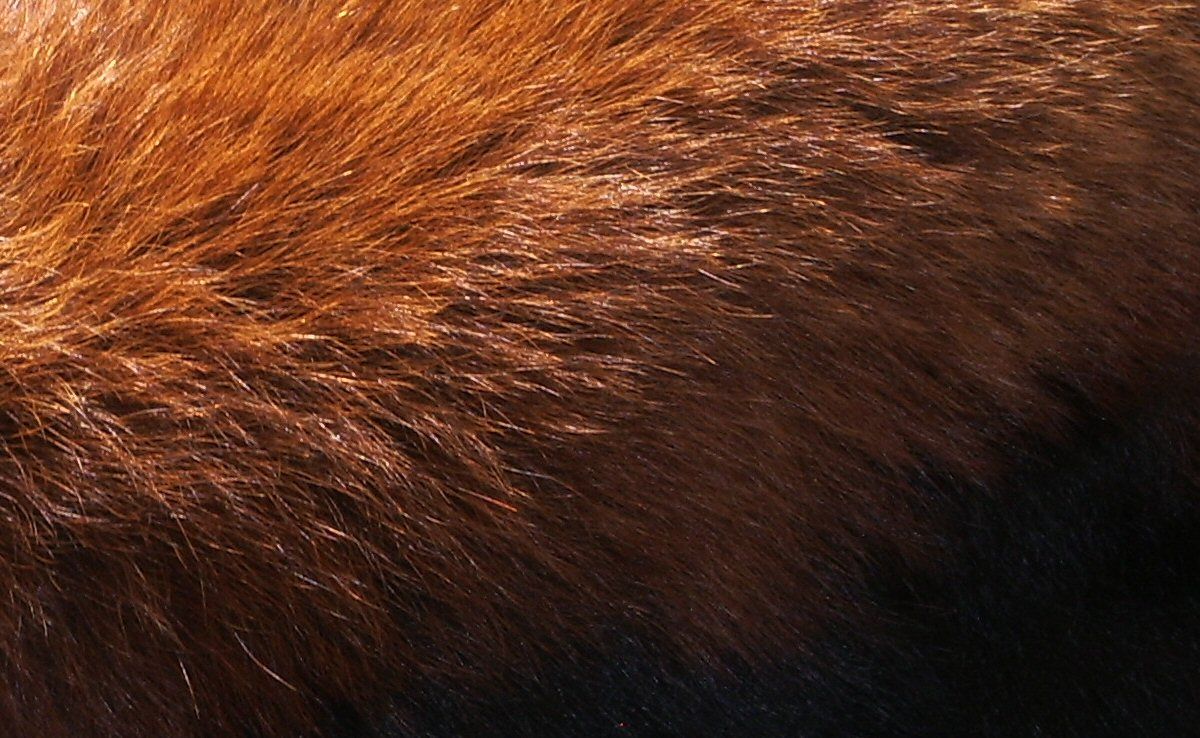


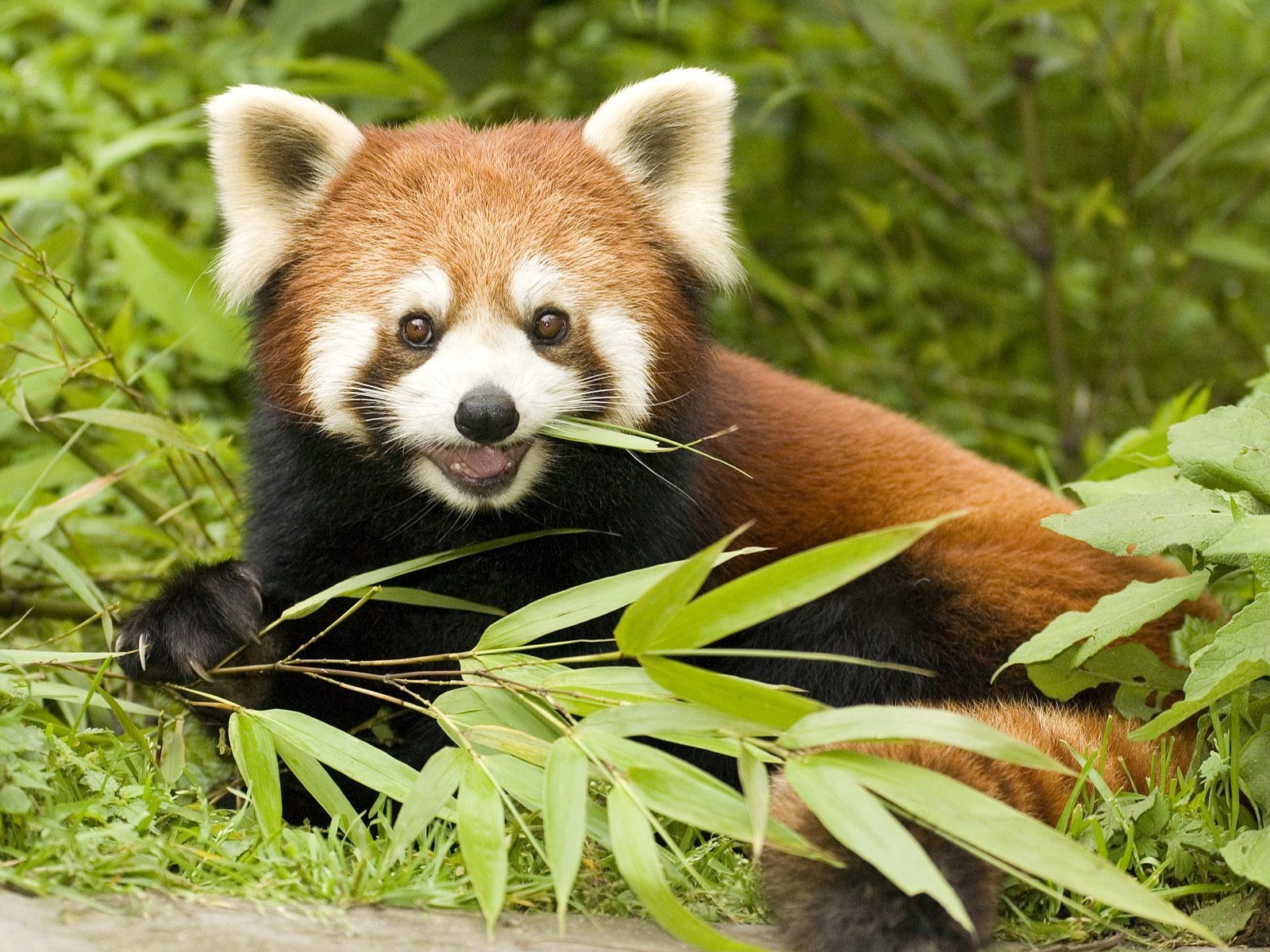

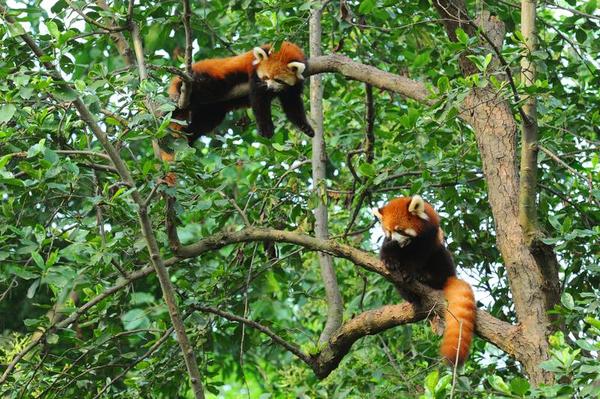


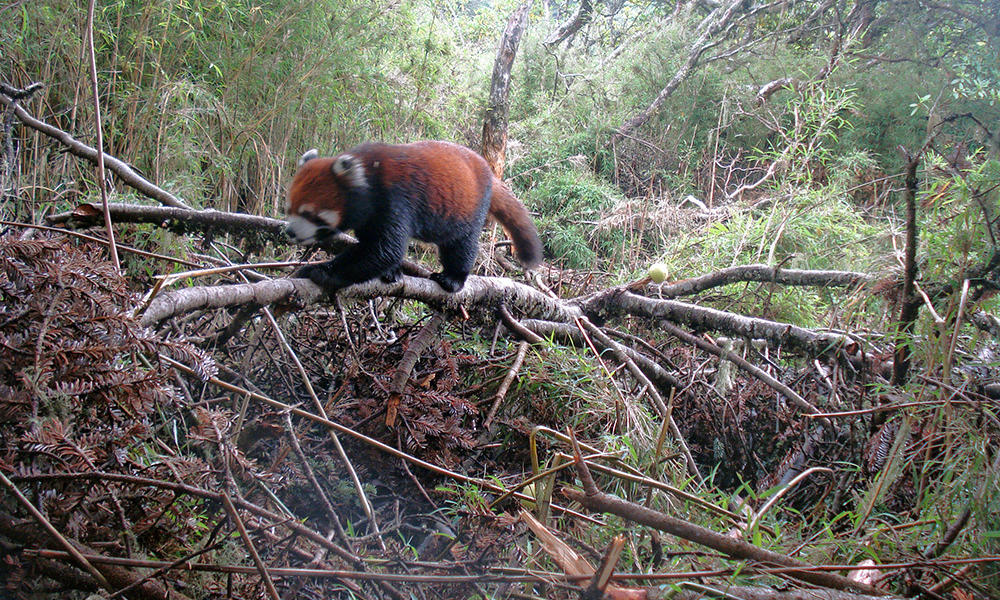
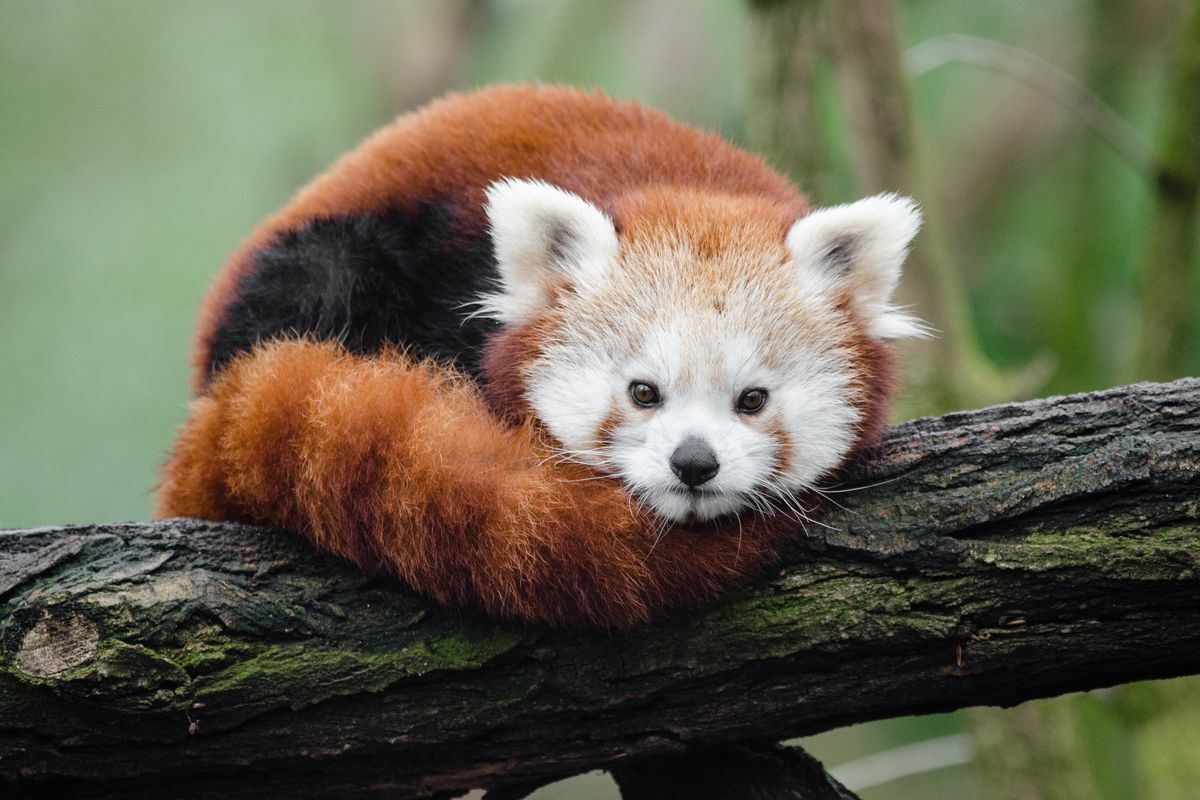

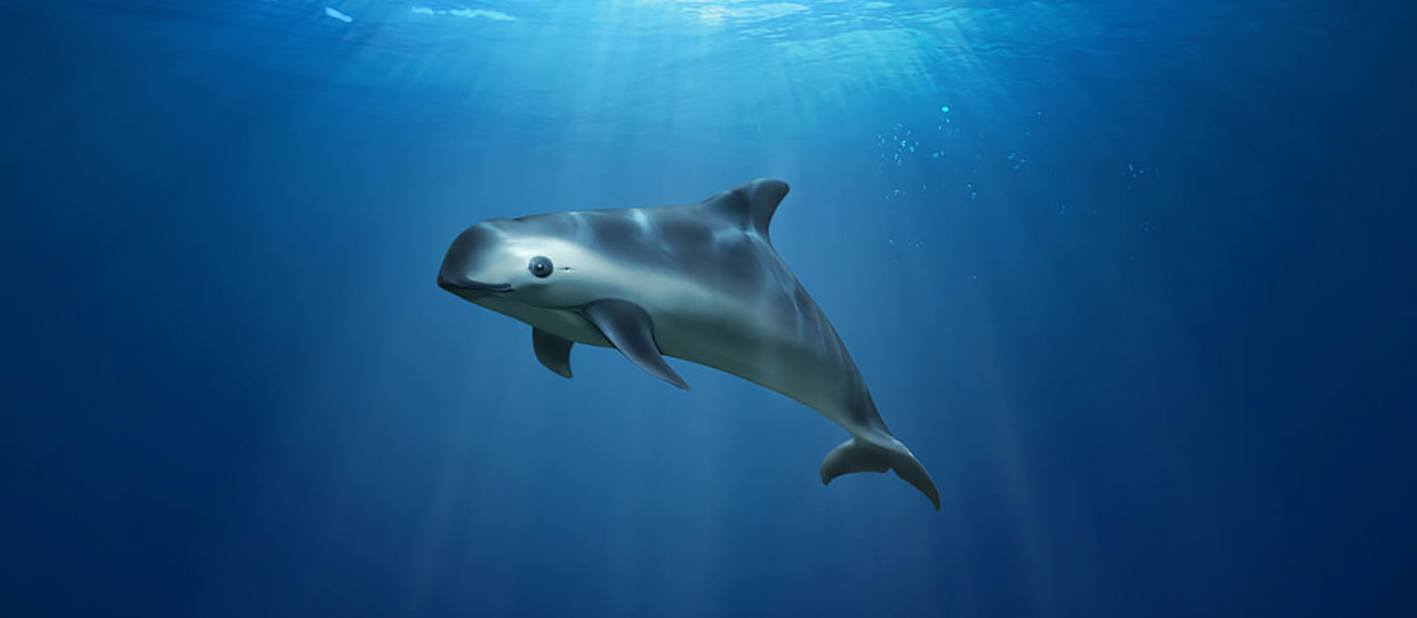

wow! is such cute panda, thanks for information about this panda
This one belongs to my son's favorites. He had the chance to see them in a zoo close to the France-Belgium border :)
PS: Thanks for the post, I didn't know about the 'pet trade' for those. Damned humans... :/
You know @amavi, the way you describe these animals make people know and value them a bit more.. I love how fluffy this one's cheek is.
😉
Thumbs up dear.
What do we benefit from keep near extinction animals around?
There are two basic arguments. First, the moral one. We are morally obligated to protect animals that we had a hand in taking to the brink of extinction.Second, the utilitarian one. We can possibly learn something from ecosystems with intact species that could help us later. If we alter the ecosystem to much it could come back to hurt us later in ways that we don't expect.
I think if we are able to domesticated this animal like a dog. They won’t be endangered anymore. Or maybe I’m wrong? Because I always think the animal have less risk for extinction wether the one we kept as pet or farm animal we ate regulary (chicken/cow/pork)
Sadly, this is the very reason we are losing ALOT of animals through the illegal pet trade. They are not designed to be domesticated, domestication has evolved over thousands of years within certain species. This means domestication for this species would take a VERY long time. You sadly cannot contain this animal to your house and expect it to firstly be comfortable within the environment or even to survive. Captivity in terms of Zoos aim to replicate its environment, diet and natural behaviour which they are now able to do and keep these animals living comfortably and as I have written are breeding successfully. Sadly animals will and always be at risk of extinction whilst the human population drastically increases every year.
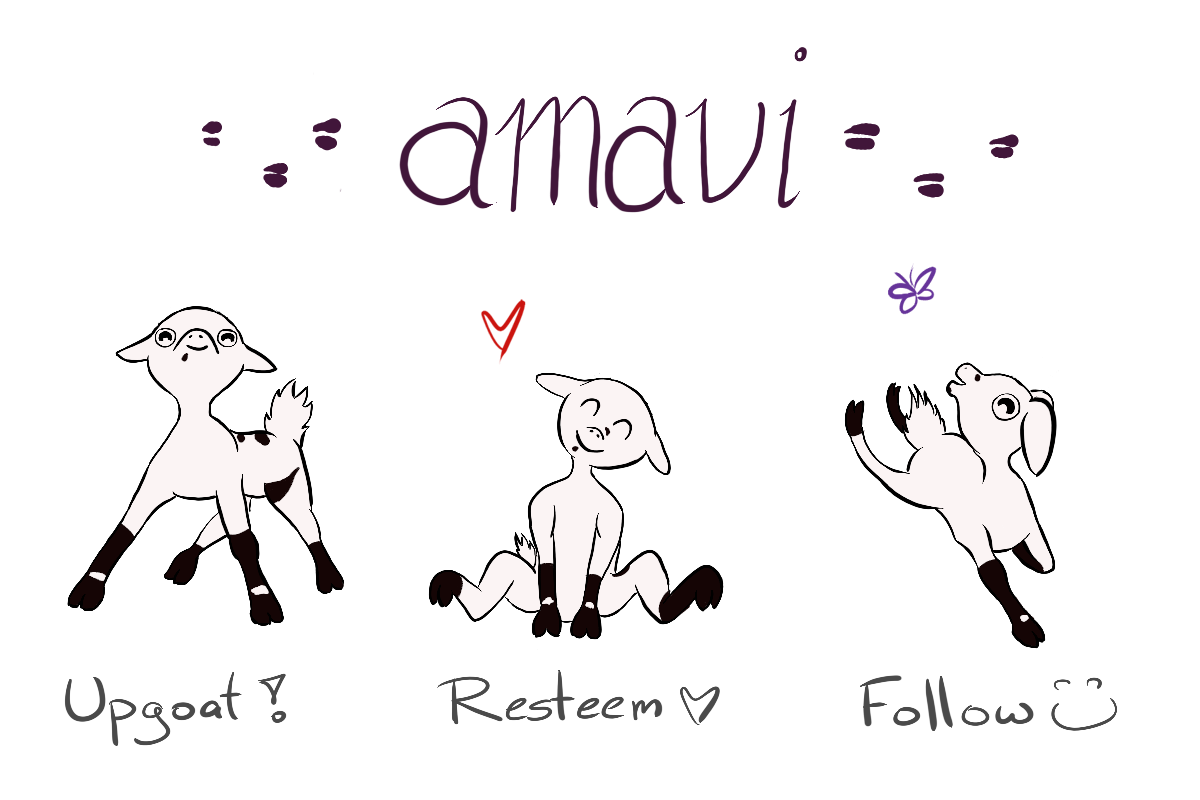
I feel so sorry and sad for the poor animals.
Its high time we humans started being rational about our thinking and start caring about the balance in our ecosystem.
Lets all say no to animals extinction and do all in our capacity to make them stay.
Gracias!!!
its sad that we are loosing so many species of animals due to our greed and lack of care towards others inhabitants of planet earth, we should remember we are the biggest caretakers of this planet do the best we can to protect other species, cause of this i will upvote and resteem
It is heartbreaking to know there are species out there like the Red Panda, Vaquita, Northern White Rhino that are at huge risk of extinction because of our selfish greed. Fortunately there is a huge community trying its very best to educate the public and put hours upon hours of their own time in trying to save these incredible species. I am glad you enjoyed the post, thank you for your support.

Wow such cute panda, nice for sharing this, this is the first time i am seeing this colour of panda. I only know of black and white panda🐼🐼🐼🐼🐼🐼🐼🐼🐼🐼🐼🐼🐼🐼🐼🐼🐼🐼🐼🐼🐼🐼🐼🐼🐼🐼🐼🐼🐼🐼🐼🐼🐼🐼🐼🐼🐼🐼🐼🐼🐼🐼🐼🐼🐼🐼🐼🐼🐼🐼🐼🐼🐼
The Red Panda is not in the same family group as the Giant Panda you refer to, The Red is part of the Ailuridae family whereas the Giant Panda is part of the Ursidae family (Bears). I am glad you enjoyed the post :)
Cute from a distance..
judging from the pictures where that panda’s sleeping, it looks like something you don’t want to wake up!
beautiful
Great post friend! You nailed it. Lots of information on the red Panda called Ailurus fulgens and I support the current project based on saving this rare species of panda from extinction. Keep it up friend, nice post.
Awesome article and nice work :) Have a great day :)